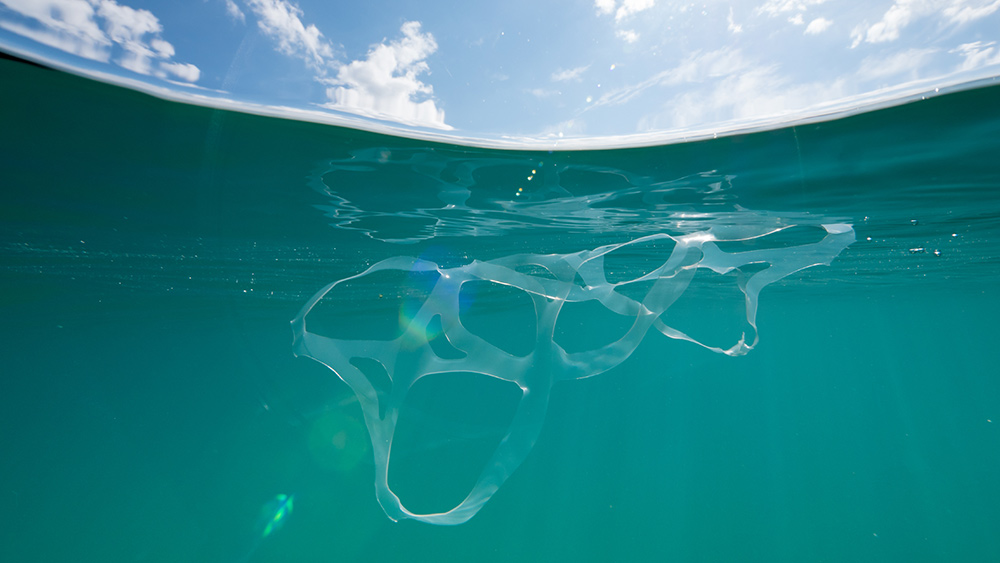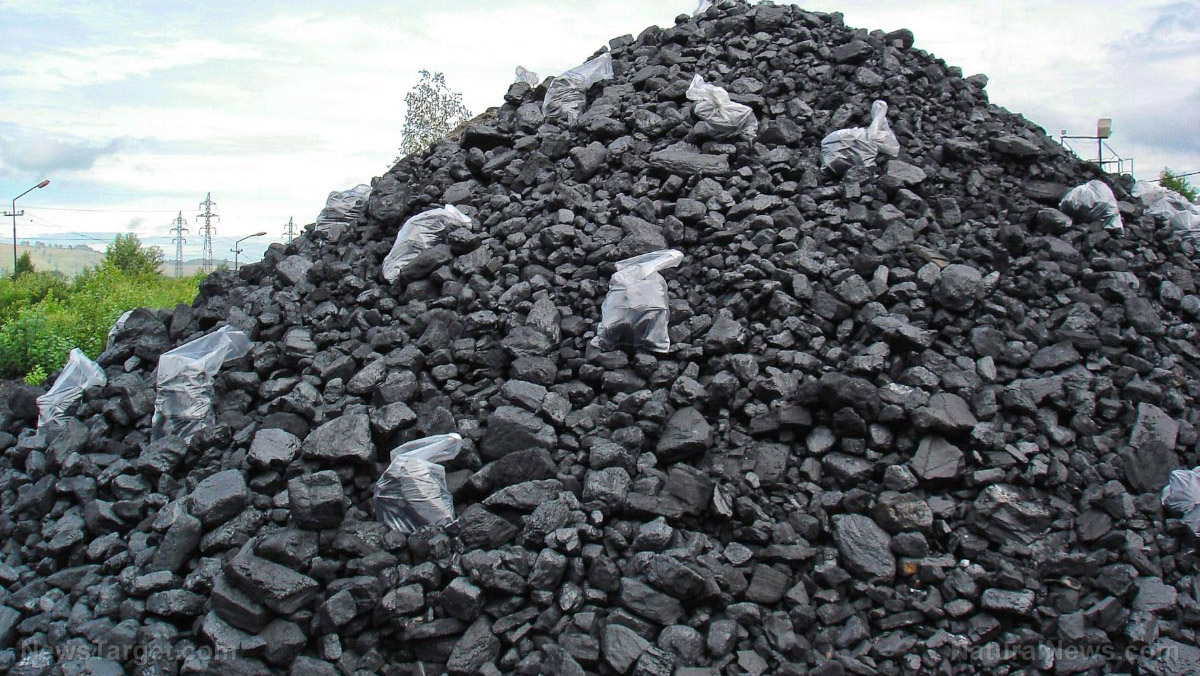 Parler
Parler Gab
Gab
Water supplies in many places at risk of PFAS contamination
The EWG scientists find that water samples around Camp Pendleton in San Diego have the highest levels of PFAS. They also find high PFAS concentrations in water systems serving the areas of Corona, Oroville, Sacramento and Rosemont in California. The samples in the aforementioned areas show PFAS concentrations between 400 and 820 parts per trillion (ppt), with those from military base on the highest end. (Related: Tap water near hundreds of US military bases and thousands of industry areas CONTAMINATED with "forever chemicals," warn experts.) Earlier studies by EWG in 2019 and 2020 consistently reflected high PFAS concentrations than what is deemed safe by regulators. In 2019, the group found PFAS in water samples of 74 California communities that serve 7.5 million residents. EWG found high PFAS levels in drinking water samples from Miami, Philadelphia, New Orleans and New York City in 2020. According to EWG, no level above 1 ppt of PFAS is safe. Andrews has called for the use of filters and the phase-out of these forever chemicals entirely. "We need to stop non-essential uses of PFAS and use filters to reduce these compounds from our water," he says. EWG also calls on the EPA to bolster its efforts to limit the release of PFAS in the environment. "It is urgent that ongoing releases of PFAS be identified, alongside widespread testing for PFAS in wastewater. It is critical that the EPA starts regulating PFAS now," Andrews says. Scott Faber, the group's senior vice president for government affairs, has proposed three steps to minimize PFAS concentrations in drinking water. "We need to turn off the tap of PFAS pollution from these industrial discharges – that's the first step. The second step is for the EPA to set a national PFAS drinking water standard, and the third is to clean up legacy pollution," he says. (Related: EPA pledges to regulate PFAS in drinking water.) Chemicals.news has more articles about potable water sources being contaminated by PFAS. Sources include: DailyMail.co.uk EWG.org EPA.gov NIEHS.NIH.govDeborah Birx hid covid info from Trump, altered CDC guidelines without approval
By Ethan Huff // Share
Germany’s birth rate improbably falls by 11% in the first quarter of 2022
By Lance D Johnson // Share
By Mary Villareal // Share
Governments continue to obscure COVID-19 vaccine data amid rising concerns over excess deaths
By patricklewis // Share
Tech giant Microsoft backs EXTINCTION with its support of carbon capture programs
By ramontomeydw // Share
Germany to resume arms exports to Israel despite repeated ceasefire violations
By isabelle // Share










